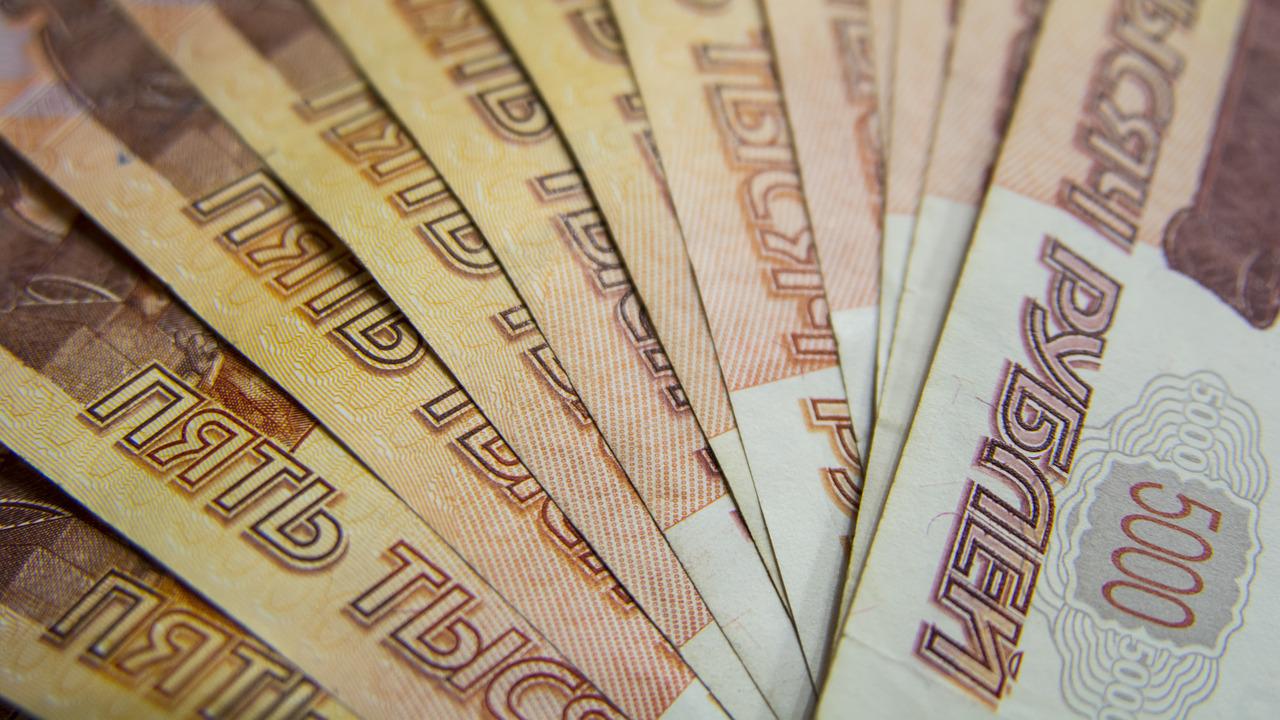On Wednesday, the Russian ruble climbed against the euro to an almost one-week high, as volatile trading saw the Russian currency and stocks swing wildly.
This was primarily because oil prices dropped to a low of six months, but the ruble was held by the possibility of upcoming tax payments that tend to give demand a boost.
Ruble’s performance
There was a 1.5% increase in the Russian ruble by 1107 GMT against the euro, which saw it trading at 61.17, a high of one week.
It also recorded 0.9% gains against the US dollar, as it was trading at a value of 60.34. So far, the Russian currency has turned out to be the best-performing one for the year.
This is thanks to the capital controls that the Russian government implemented before sending its troops into Ukraine on February 24th.
Moreover, the currency also gets support from the tax payments at the end of the month, which usually involve export-focused firms converting part of their foreign currency revenue into the ruble.
Market analysts said that the ruble would continue trading between 60 and 62 against the greenback until exporters become more active in making their tax payments.
Decline in volatility
There was recently a decline in the ruble’s volatility after wild swings had brought it down against the US dollar to a record low of 121.53 in March on the Moscow Exchange.
This was just days after Russia had sent its troops into Ukraine, but the currency eventually rallied to reach a peak of seven years at 50.01 in June.
The forecasts from the economy ministry shows that the country’s economy is faring much better than anticipated after the sanctions imposed by the Western countries.
In addition, it is expected to contract less than had been initially feared and expected.
Exchange trading
There has also been a gradual ease in the trading curbs that had been imposed on Russian markets.
The Moscow Exchange is now allowing investors from ‘friendly’ countries, which means those that have not imposed sanctions on it, to begin trading on the derivatives market.
This is after keeping them blocked for about six months. However, it should be noted that this is not applicable to the main stock market.
But, from Monday onwards, people from these ‘friendly’ countries were given permission to trade bonds.
Market analysts said that the good thing about this is that there is no selling overhang, as non-residents have made their way back to the debt market.
On Wednesday, Russian stocks experienced volatility because the country’s main export i.e. brent crude oil, saw its price hit a low of six months on Wednesday.
There was a 0.9% rise in the dollar-denominated RTS index, as it reached 1,1466.8 points, after it reached its strongest level since July.
There was a 0.1% drop in the MOEX index, which is ruble-based, as it fell to 2,205.7 points. This took it away from 2,225.05, which is a high of five weeks that it had reached in early trading.

